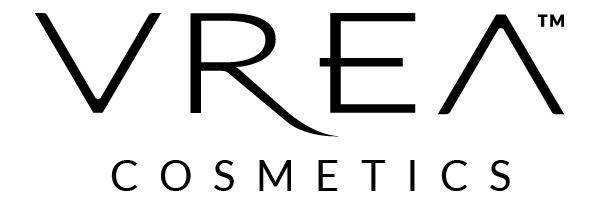If a product says it’s “CRUELTY-FREE” or if it has a bunny on the packaging, it means that it was not tested on animals, right? Not exactly!
What if I told you that there is no existent standard or legal definition of what IS and IS NOT allowed to be labeled as “cruelty-free”?
In the United States and Canada, there are currently no regulations in place for the term “cruelty-free” to begin with. On the FDA website, it’s stated that: “The unrestricted use of these phrases by cosmetic companies is possible because there are no legal definitions for these terms.”
Neither the U.S. Food and Drug Administration (FDA) nor the U.S. Consumer Product Safety Commission require brands to do any animal testing for cosmetics or household products since there is sufficient safety data in existence as well as in virtro alternative testing (tests done outside of a living organism, usually involving isolated tissues, organs or cells), to make the “need” for animal testing obsolete.
Yet while animal testing protocols are outdated, plenty of companies still do it. Why? Mostly for financial reasons, because they don’t want to miss out on sales from large territories, where animal testing is still required by law. And since the term “cruelty-free” is NOT regulated, companies can still say they’re cruelty-free even if that’s not entirely true.
So let’s take a look at 3 instances where “cruelty free” isn’t exactly free of cruelty toward animals:
(1)
Most generally, a product labeled “cruelty-free”, “not tested on animals”, or even having a bunny logo present on the label, typically means that the final product was not tested on animals. It does not address however, the individual ingredients that went into formulating that product (which is where the animal testing is happening in the first place). Nearly all animal testing for a product, is happening at the ingredient level. It’s unreasonable to assume that no ingredients were EVER not tested on animals, but the question is, were they tested after mid 2000’s, after the accepted international ruling.
(2)
While a company may claim that they “do not test on animals”, they could still contract other companies do the testing on their behalf. They are not testing directly, but their products still get tested on animals.
(3)
A company may not directly perform animal testing, but it may sell its products to (or use ingredients from) countries or territories that do require animal testing (I.e.: mainland China).
So how can you REALLY know for sure if a product of company is TRULY “cruelty-free”? If this matters to you, you can start by asking brands, a series of questions:
(1) Do you test your finished products on animals?
(2) Have you tested any of your ingredients on animals?
(3) Are you using any ingredient suppliers that test on animals? If no, how have you verified that they don’t?
(4) Have you engaged a third party to test your products or ingredients on animals on your behalf?
(5) Do you allow your products or ingredients to be tested on animals when/where required by law?
(6) Do you sell in countries that require animal tests (I.e.: mainland China)?
Here’s where VREA Cosmetics stands:
(1) NO
(2) NO
(3) NO. And we have declarations of compliance from all our suppliers and manufacturers.
(4) NO
(5) NO
(6) NO. We are actively choosing to “miss out” on sales, because we believe in this ethically.
To back up our pledge, we have become LEAPING BUNNY CERTIFIED. And every year we have to re-pledge and provide updates, as well as our suppliers and manufacturers do.
There are only 2,096 companies in the world (at time of this post) that hold the leaping bunny seal and VREA Cosmetics is proudly one of them.
So when you use VREA, you can rest assured that not only are the products VEGAN, they’re absolutely 100% cruelty free.

